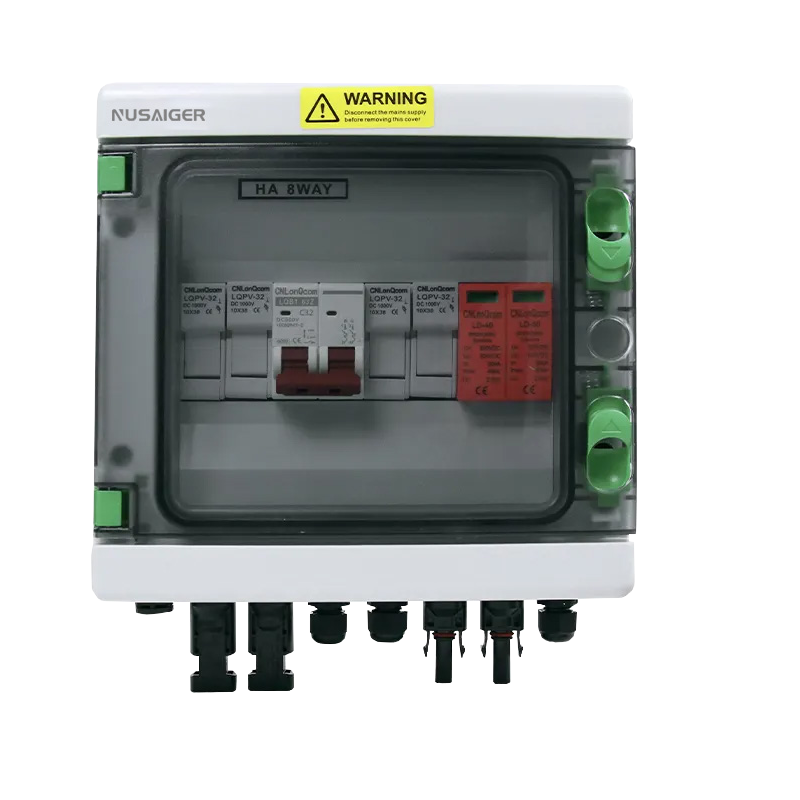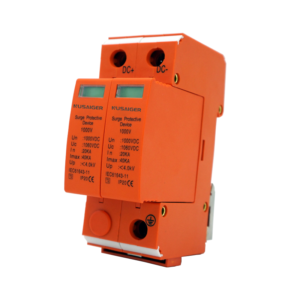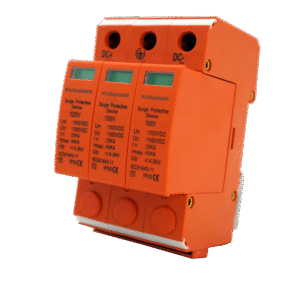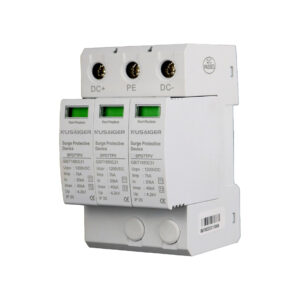Introduction
In photovoltaic (PV) systems, safety and efficiency are paramount. One often-overlooked component that plays a critical role in achieving both is the PV combiner box. While its compact size may seem modest, its function is anything but. In this article, we’ll explore how PV combiner boxes serve as the backbone of a reliable and secure solar power installation.
What Is a PV Combiner Box?
A PV combiner box consolidates the output of multiple solar strings into one main output. This aggregation simplifies wiring, reduces installation time, and protects both the system and the installer. It’s typically installed between the PV modules and the inverter.
How It Enhances System Safety
Overcurrent Protection: Built-in fuses or DC circuit breakers prevent system damage caused by excessive current.
Surge Protection: Integrated surge protection devices (SPDs) help protect the system from lightning strikes and voltage spikes.
Arc Fault Protection: Quality combiner boxes reduce the risk of electrical arcs, which are common causes of solar fires.
Boosting System Efficiency
Minimized Voltage Drop: Centralizing wiring reduces cable lengths and power losses.
Ease of Troubleshooting: With string-level monitoring, it’s easier to detect underperforming panels.
Reduced Downtime: Faults can be isolated faster, improving uptime.
Conclusion
A PV combiner box is much more than a junction point—it’s a safety gatekeeper and performance enhancer. Choosing the right combiner box can make the difference between a system that’s merely functional and one that’s long-lasting and efficient.



